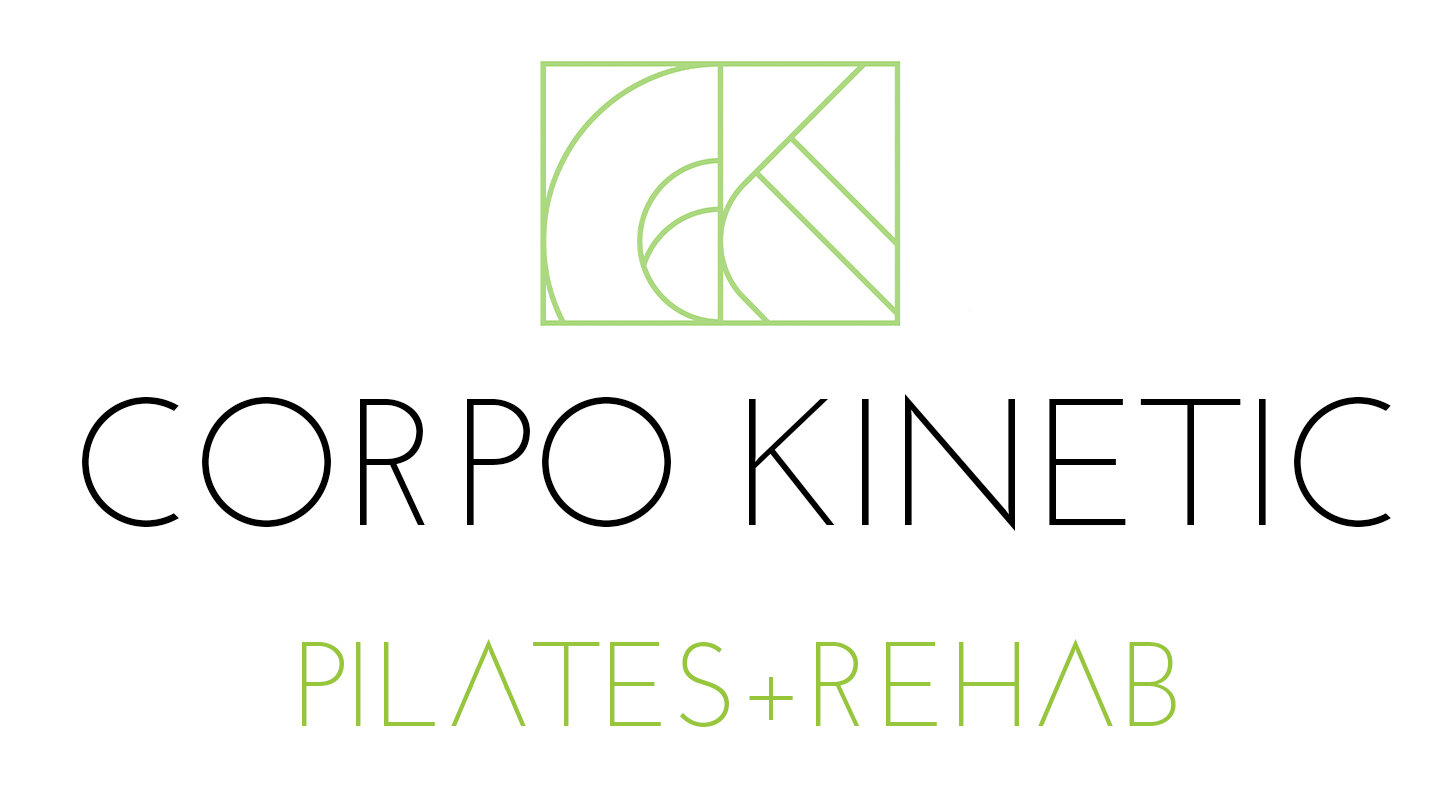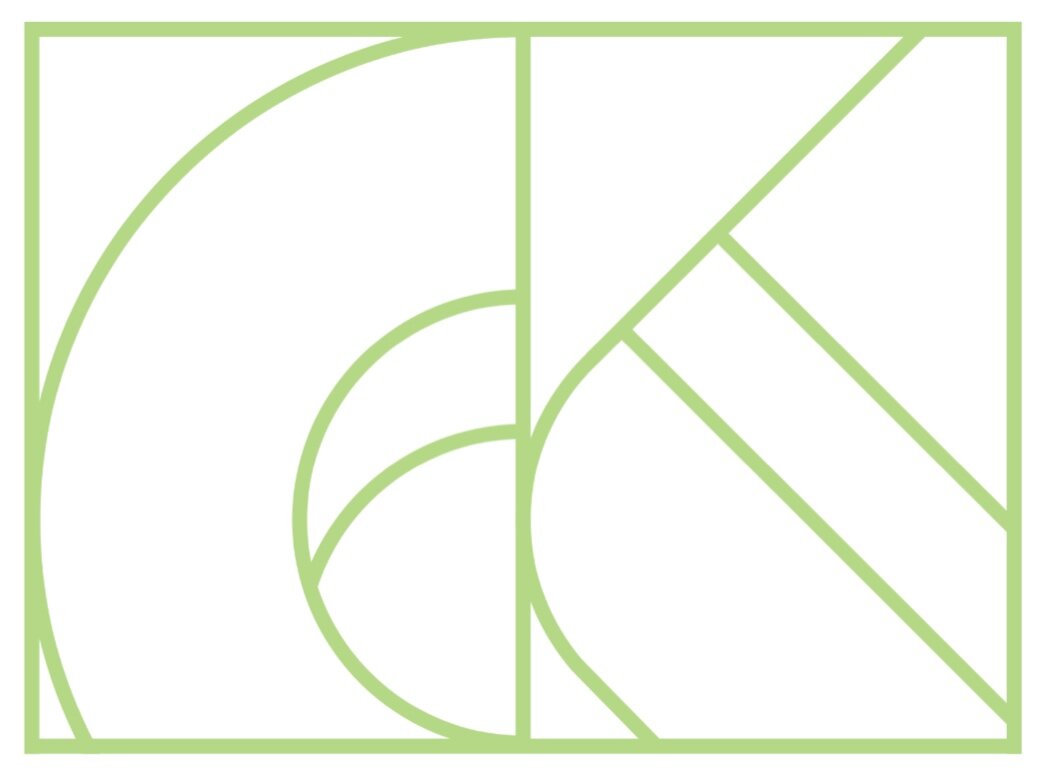Sciatica and Piriformis Syndrome
Have you experienced pain that starts in the low back or glutes and shoots down your leg? Tingling and numbness in your toes? Maybe you’d describe it as burning, electric, or stabbing pain? These are common symptoms of sciatica and piriformis syndrome, which have very similar symptoms and can often be mistaken for one another. Both sciatica and piriformis syndrome can present in many different ways - not everyone has back pain, some just experience a deep pain in the glutes, or pain in the calf and into the foot.
While we are not in the business of diagnosing, we are in the business of using movement to help your body feel and move better. So first, let’s get a baseline understanding of sciatica and piriformis syndrome and then see how we can use movement to alleviate some discomfort.
The sciatic nerve is the longest nerve in the body. We have a right and left sciatic nerve, which run through the hips, buttocks, legs and feet. Irritation in the sciatic nerve can cause mild to severe pain and limit movement, and thus can have a varying degree of impact on our quality of life. The difference between sciatica and piriformis syndrome is the origin of the irritation to the sciatic nerve.
Sciatica is an irritation to the sciatic nerve through inflammation or injury in the lumbar spine or sacrum.
Piriformis Syndrome is an irritation to the sciatic nerve through inflammation, injury, or tightness in the piriformis muscle (in the buttocks).
Out of an abundance of caution, we’ll share a therapeutic movement sequence that is safe for sciatica, and still highly beneficial for those with piriformis syndrome. Remember, this is not a substitute for seeing a doctor and getting a diagnosis for your condition. And, if at any point during this sequence you feel the symptoms intensify, stop immediately and refer to your doctor or PT.
Finding & Stabilizing in a Neutral Spine
In a neutral spine, we’re getting 360 support from the core muscles, thus preventing unnecessary pressure/compression and wear and tear.
Set up: lie on your back, feet hip sockets distance apart (about the width of two fists). Find your neutral spine (check out our neutral pelvic blog if you’re not sure how).
Stabilizing in Neutral w/ Fingertip Abdominals:
EXHALE to draw your navel inwards towards your spine, activating your abdominals Try to feel the abs closing in towards center, as if you are cinching a belt
INHALE into the side of the ribs, holding onto the ab engagement
EXHALE to deepen the engagement
Challenge your alignment w/ Marching:
EXHALE draw one leg to tabletop, keeping the low back stable
INHALE lower the leg back down
EXHALE draw your other leg to tabletop, keeping even weight on both hips
INHALE lower the leg back down
Sciatic Nerve Glide
Aka neural floss or nerve stretch, the goal is to move the sciatic nerve through the surrounding muscle tissue to loosen out any points of adhesion.
Set up: lie on your back, find your neutral spine and draw one leg to tabletop, interlacing your fingers behind the thigh **if this moves your low back towards the earth, grab a strap and hold your leg further from chest, maintaining neutral**
INHALE reach your leg towards the ceiling while keeping the low back still
EXHALE flex and point the foot
INHALE bend the knee
EXHALE upper ab curl (dropping the bottom of the ribs towards the earth, lifting head/shoulders away from the ground, but keeping the low back still)
INHALE lower back down
Repeat 6-10x.
Make sure to keep the lower back stable, especially if you know you have Sciatica. Don’t force your range of motion - prioritize the stability of the low back. While you may feel a slight stretch or sensation in the sciatic nerve, we don’t want to push it. Go for a mild/moderate sensation, and watch for a gradual increase of range of motion as you repeat the movement sequence.
Strengthening the glutes with Side-Lying Glute Work & Bridging:
Side Lying Glutes
Set up: lie on your side, with the bottom leg bent and top leg extended, reaching so long through the leg that the bottom waist gets light on the ground, and the top hip slides away from the ribs. Engage your abs to stabilize the upper body.
EXHALE lengthen through the top leg, lifting it up to hip height
INHALE lower the leg back down
Continue 8-10x, making sure the bottom waist/hips are staying stable. Key point: make sure you’re keeping the bottom waist actively lifting away from the ground, and not letting the top hip scrunch up towards your ribs as you move your leg. This could compress the lumbar spine, which we want to avoid.
INHALE lift the leg & hold it hip height
EXHALE engage the abdominals and send the leg behind you, pointing through your toes *keep low back stable*
INHALE to reach the leg forward, flexing the foot
Continue 8-10x, making sure the hips are staying stacked and stable.
Flat Back Bridge
Set up: lie on your back, feet hip socket distance apart, find your neutral spine.
EXHALE engaging your core to stabilize your back, then push into your heels to engage the glutes.Lift your hips up, pausing at your highest point where the weight is in your shoulders and not in your neck. Check that you can still feel that core activation - if you’ve lost it you may be overarching your back, which we don’t want.
INHALE lower back down
Repeat 15-20x. Finish with a hold at the top.
Not sure how to tell if you're maintaining a neutral spine? Place your thumbs on the bottom of the ribs and the fingers on the top of the hip bones (in the front of the body). As you lift and lower your hips, make sure the space between the thumbs and fingers is staying consistent. If it’s changing as your hips move, it’s a sign that we’re losing our neutral spine!
Glute Release w/ Pinky Ball
Set up: lie on your back & place 2 pinky balls vertically under one glute (one a little closer to your head, one a little closer to your tailbone.)
Point your knees side to side, softening into the balls.
Use your feet to lift the other glute off the ground & add pressure into the side you’re releasing.
You can push with your feet to sway your pelvis side to side, rotate the pelvis, and make small movements, allowing the balls to travel around the glute.
Too sensational? (It’s important when doing a release that you feel you can relax into it!) Try doing the same thing against a wall - you can better control the pressure against your body.
Need more sensation? Prop yourself up on your arms.
Finish with a plank or side planks! Planks are one of the best exercises for spinal stability.
How does your body feel? Any improvement? Remember to take your awareness (of your posture and movement) with you into your everyday life — that’s where real change happens!
The full sequence of exercises featured above is available in our Video Library - available to all members. Join us in class for more guidance and support, or let us know what topic you’d like us to cover next.

